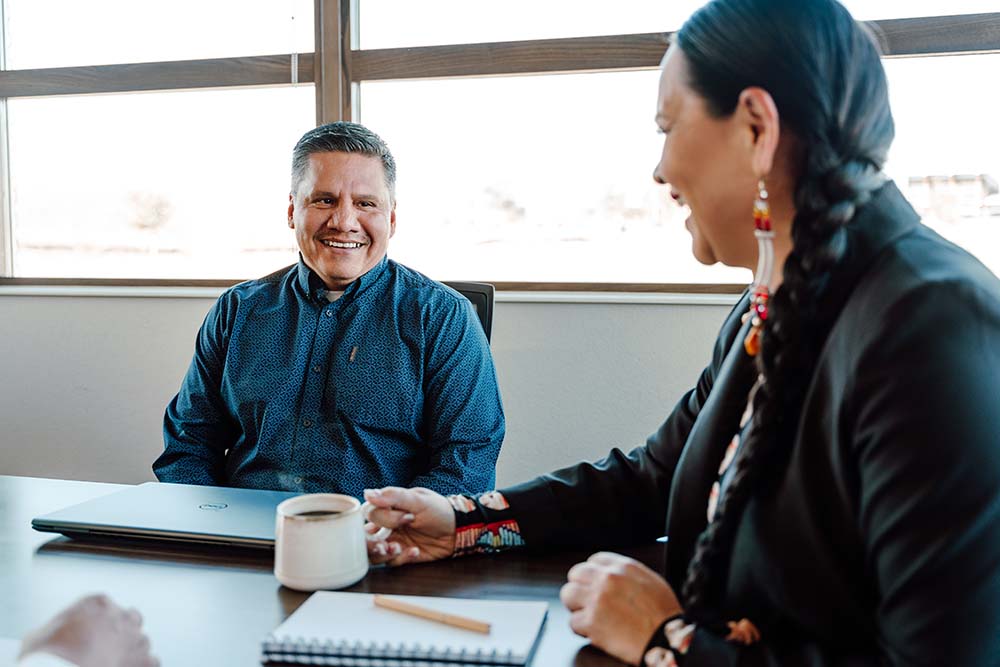
- Details
- By AMERIND
Tribes and Tribal gaming entities often encounter workplace injuries due to employees failing to exercise appropriate safety measures. A formal workplace safety program can ensure a safe and healthy environment for employees with defined procedures to prevent workplace accidents. They mitigate risk and foster a culture of safety and employee wellbeing.
Checklists play a crucial role in the effective implementation of workplace safety programs. They are simple, yet powerful tools that guide employees through safety protocols, ensuring no step is skipped or overlooked. For instance, a construction site might use a checklist to remember vital safety measures like wearing hard hats, securing scaffolding, and verifying equipment safety. Without a checklist, the risk of overlooking these precautions increases, potentially leading to severe accidents or even fatalities.
The benefits of using checklists extend beyond safety. They streamline tasks and contribute to quality control, task management, and team efficiency. Also, by providing clear instructions and expectations, checklists reduce errors and ensure consistency. In fact, a study by the World Health Organization showed that surgical teams using a safety checklist reduced their rate of inpatient complications from 11% to 7%. This demonstrates the power of checklists in minimizing errors and improving outcomes.
A safe workforce is a productive workforce. AMERIND can help you integrate a workplace safety program that harnesses the power of checklists to keep staff and patrons injury-free.
Consider implementing checklists into your workplace to:
- Ensure safety protocols are met
- Prevent workplace injuries
- Reduce errors and oversight
- Ensure consistency and efficiency
- Increase accountability
- Promote communication & collaboration
Workplace Injuries: By the Numbers
- Private industry employers reported 2.6 million nonfatal workplace injuries and illnesses in 2023.
- In 2023, the rate of reported workplace injuries was 2.4 cases per 100 full-time employees.
- In 2023, 62% of nonfatal workplace injuries and illnesses involved days away from work, job restriction or transfer.
Source: Bureau of Labor Statistics, U.S. Department of Labor, Survey of Occupational Injuries and Illnesses, in cooperation with participating state agencies.
Help us defend tribal sovereignty.
At Native News Online, our mission is rooted in telling the stories that strengthen sovereignty and uplift Indigenous voices — not just at year’s end, but every single day.
Because of your generosity last year, we were able to keep our reporters on the ground in tribal communities, at national gatherings and in the halls of Congress — covering the issues that matter most to Indian Country: sovereignty, culture, education, health and economic opportunity.
That support sustained us through a tough year in 2025. Now, as we look to the year ahead, we need your help right now to ensure warrior journalism remains strong — reporting that defends tribal sovereignty, amplifies Native truth, and holds power accountable.
 The stakes couldn't be higher. Your support keeps Native voices heard, Native stories told and Native sovereignty defended.
The stakes couldn't be higher. Your support keeps Native voices heard, Native stories told and Native sovereignty defended.
Stand with Warrior Journalism today.
Levi Rickert (Potawatomi), Editor & Publisher
